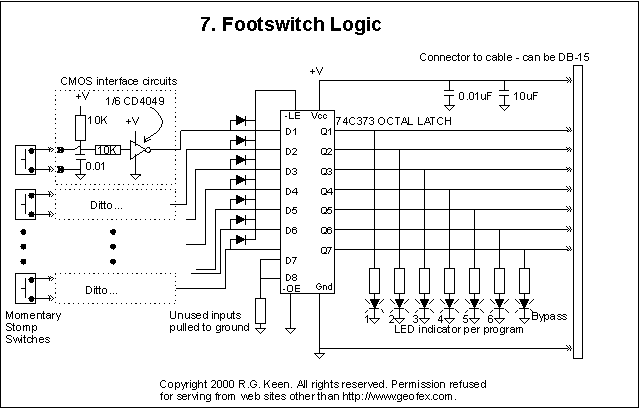Hi!
How can i add channel switching in the ront panel of the amp for a clean and a distortion channel in this project?, i also want to make the channels switchable via a footswitch?
Where can i find also some projects with this kind of channel switching?
In amps with 3 or more channels, this channels share the same preamp stages right?
Thanks.
How can i add channel switching in the ront panel of the amp for a clean and a distortion channel in this project?, i also want to make the channels switchable via a footswitch?
Where can i find also some projects with this kind of channel switching?
In amps with 3 or more channels, this channels share the same preamp stages right?
Thanks.


Comment